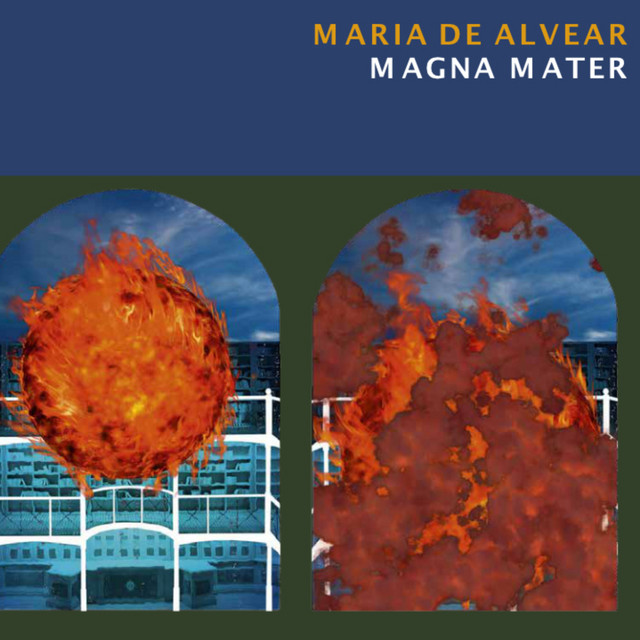María de Alvear has published, through her label World Edition, her work “Magna Mater”, on the tenth anniversary of its premiere.
On 27 March 2013, as part of the programme of the fifty-second edition of the Semana de Música Religiosa de Cuenca, the Spanish-German composer María de Alvear (Madrid, 1960) premiered one of her most ambitious works, Magna Mater. Ten years later, Alvear has published, through her record label World Edition, the version recorded on 25 June 2014 in the church of St. Peter in the city of Cologne, where the German premiere of the composition took place, which featured the Ensemble MusikFabrik – conducted by the Spanish Nacho de Paz – and the choirs Ars Choralis Coeln – conducted by the German Maria Jonas – and the Girls’ Choir of Cologne Cathedral – conducted by Oliver Sperling – with the title role played by the baritone Nicholas Isherwood.
Magna Mater was commissioned by the Semana de Música Religiosa de Cuenca and has a symbolic character for the composer, as it is dedicated to her father, the architect Jaime de Alvear, and his passion for books. At the time when the 47-minute work was composed, Alvear was very interested in paleoanthropological and paleolinguistic findings, and so the composer used several languages for the texts of Magna Mater: German, Spanish, English and Latin, as well as a language of primitive intentionality, invented by Alvear, called moadou, which served her to express that path from ape to human, in order to probe the boundary between animal sounds, language, song and music during prehistory, from Homo Heidelbergensis (five hundred thousand years ago) to Homo Sapiens (fifty thousand years ago). The different vocal practices are thus confronted, from the pure chant, without vibrato, of Ars Choralis Coeln (specialising in Gregorian chant), to the intense and dominant chant of Ars Choralis Coeln (specialising in Gregorian chant); the intense, commanding singing of the French-American baritone Nicholas Isherwood (specialising in contemporary and baroque music, whose most prominent roles include Lucifer in the world premieres of Stockhausen’s Montag, Dienstag and Freitag aus Licht at La Scala and the Leipzig Opera, and in Donnerstag aus Licht at London’s Covent Garden) and the overtone-rich radiance of the Cologne Cathedral Girls’ Choir. The different vocal formations symbolise archetypal principles, in pure or tempered tuning, especially by the counterpoint generated between the children’s voices and those of the professional ensemble Ars Choralis Coeln, while, musically, the work oscillates harmonically between different scales and tunings, and moves seamlessly from spectralism to minimalism or even to the saturationism (the French musique saturée) of the beginning of this century, creating a work of impressive telluric intensity, in which we seem to find ourselves in the midst of a kind of immersive ritual as a path to spiritual illumination.
